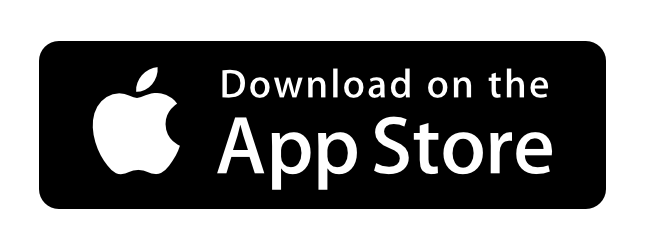Halloween is coming up, signaling the beginning of chocolate season (which will last through the following few months). How much chocolate do Americans consume? Nearly 12 pounds each, annually. Have you ever wondered where that chocolate comes from? The six largest cocoa producing countries are Ivory Coast, Ghana, Indonesia, Nigeria, Brazil, and Cameroon. These countries depend on the revenue from cocoa to survive.
Unfortunately, human rights and the environment take a back seat to cocoa production in some countries. Trafficking children to harvest the cocoa is common. The children are forced into labor and suffer from various forms of abuse. Many families earn just $30-$110 a year--not enough to buy a chocolate candy bar. In addition, thousands of acres of rainforest fall to make room for planting--all to support our chocolate habit.
Of the most popular chocolate brands, Nestle, Mars, and Cadbury are working on sourcing at least some of their cocoa from Fair Trade certified plantations. Hershey’s, the largest producer of chocolate, is an exception. While they kept the fair trade cocoa acquired in the buyout of organic chocolate Dagoba, Hershey’s has yet to change its practices.
You are likely supporting these unsustainable cocoa practices unless you’re buying chocolate that’s labeled ‘Fair Trade.’ Fair Trade cocoa is grown in Belize, Bolivia, Cameroon, Costa Rica, Dominican Republic, Ecuador, Ghana, Haiti, Ivory Coast, Nicaragua, and Peru. These practices allow families to earn a fair price for their work under safe working conditions. It keeps children from being forced into hard labor and supports environmentally sustainable growing and harvesting methods.
It is getting easier to find Fair Trade cocoa. Read the labels; look for the TransFair USA, Fair Trade, Fair Trade Label certifications. These labels mean that farmers have labor rights, receive fair pay for the cocoa, environmental protections are in place, and the item contains 100% Fair Trade ingredients. There are other certifications, but the agreements are not as strong. Also, remember that just because it’s organic doesn’t mean it’s Fair Trade. Some of the chocolate brands to look for: Dagoba (Hershey-owned), Theo, Trader Joe’s, Equal Exchange, Green and Black’s, Endangered Species, and Cloud Nine. How do you know if it’s Fair Trade?
When the kids come knocking and exclaim “trick or treat”, give them the extra treat of not supporting child slavery and environmental destruction when they munch down that candy. Don’t forget to continue this habit through the holidays.




